Car Exhaust Gas Propagation in Ventilated Garage CFD Simulation – ANSYS Fluent Tutorial
Car Exhaust Gas Propagation in Ventilated Garage CFD Simulation – ANSYS Fluent Tutorial
- Upon ordering this product, you will be provided with a geometry file, a mesh file, and an in-depth Training Video that offers a step-by-step training on the simulation process.
- For any more inquiries regarding the product, please do not hesitate to reach out to us at info@CFDLAND.com or through our online support assistant.
€125 Original price was: €125.€99Current price is: €99.
The car exhaust gas propagation in ventilated garages represents a critical health and safety concern in modern building design! When vehicles operate in enclosed spaces, they release harmful combustion products including carbon monoxide, nitrogen oxides, and particulate matter that can quickly accumulate to dangerous levels without proper air circulation. These toxic exhaust gases initially emerge hot from the tailpipe, creating a buoyancy effect that causes them to rise before gradually cooling and mixing with surrounding air. The gas dispersion patterns are heavily influenced by the garage’s architectural layout, with potential stagnation zones forming in corners and areas with obstructed airflow. This natural propagation behavior is counteracted by strategic ventilation systems that create pressure differentials to extract contaminated air while introducing fresh air from outside. Understanding these concentration gradients and airflow patterns is essential for maintaining safe air quality levels and preventing harmful exposure to garage occupants! This is why, in our current study we try to model a car exhaust gas propagation parked inside a garage.
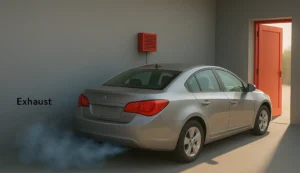
Figure 1: Schematic of our model
Simulation Process
The garage geometry was efficiently created using ANSYS SpaceClaim, where we accurately modeled the parking spaces, structural columns, and ventilation ducts to represent a realistic enclosed environment! The 3D model was then imported to Fluent Meshing where a high-quality polyhedra grid was generated to ensure accurate flow resolution while maintaining reasonable computational cost. For the physics setup, we implemented the species transport model to track the movement of both air and CO2 throughout the domain, enabling precise visualization of concentration gradients as exhaust gases disperse through the garage space.
Post-processing
The CO2 distribution results clearly show the exhaust gas plume forming behind the larger vehicle, with highest concentrations directly at the emission point! This localized concentration zone gradually diffuses as it moves away from the source, demonstrating how vehicle positioning significantly impacts gas dispersion patterns in enclosed garages. The visualization reveals minimal CO2 accumulation near the ceiling, suggesting that the buoyancy effects are counteracted by the overall airflow patterns in the space. Most importantly, the smaller vehicle located in the upper portion of the garage remains in a relatively clean air zone, indicating effective contaminant separation between different areas of the parking facility!
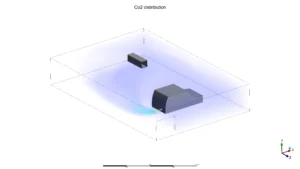
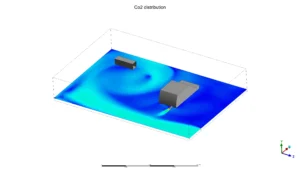
Figure 2: Co2 emission from the car in the parking space
The flow streamlines reveal complex circulation patterns throughout the garage, with notable vortex formation creating a spiraling motion that helps distribute and dilute the exhaust gases! These air currents prevent the formation of dangerous stagnation zones where pollutants could otherwise accumulate to harmful levels. The third visualization confirms that CO2 concentrations remain primarily confined to the lower right quadrant of the garage, with the ventilation system successfully preventing widespread contamination. This spatial distribution of pollutants demonstrates that strategic placement of exhaust extraction points near emission sources would be highly effective in maintaining acceptable air quality throughout the entire garage space!
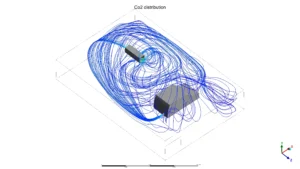
Figure 3: Ventilation system remove co2 in the shortest time
We pride ourselves on presenting unique products at CFDLAND. We stand out for our scientific rigor and validity. Our products are not based on guesswork or theoretical assumptions like many others. Instead, most of our products are validated using experimental or numerical data from valued scientific journals. Even if direct validation isn’t possible, we build our models and assumptions on the latest research, typically using reference articles to approximate reality.
Yes, we’ll be here . If you have trouble loading files, having technical problems, or have any questions about how to use our products, our technical support team is here to help.
You can load geometry and mesh files, as well as case and data files, using any version of ANSYS Fluent.
€195 Original price was: €195.€135Current price is: €135.

€105 Original price was: €105.€65Current price is: €65.

€105 Original price was: €105.€85Current price is: €85.

€135 Original price was: €135.€65Current price is: €65.

€255 Original price was: €255.€135Current price is: €135.

€120 Original price was: €120.€65Current price is: €65.


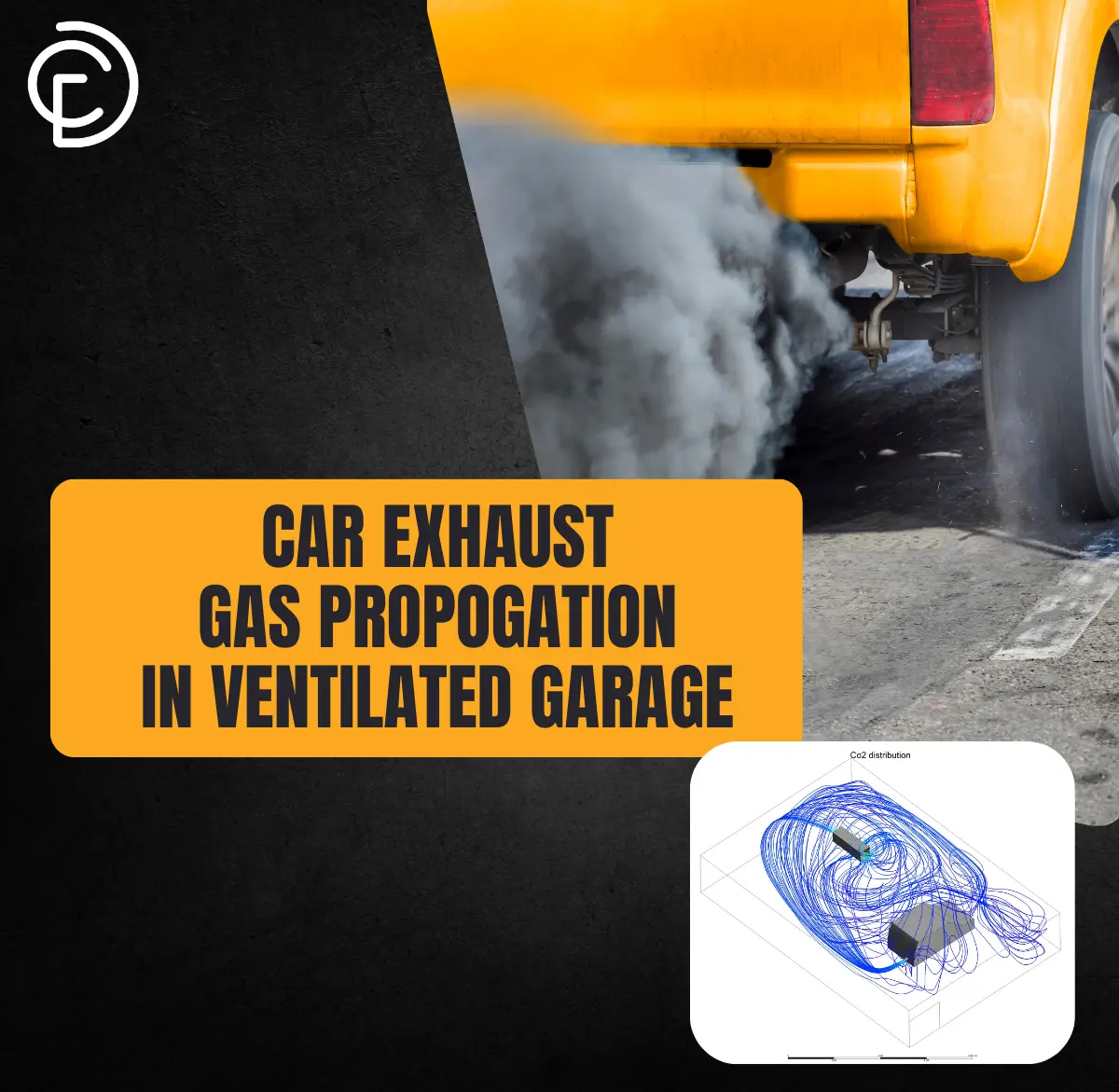
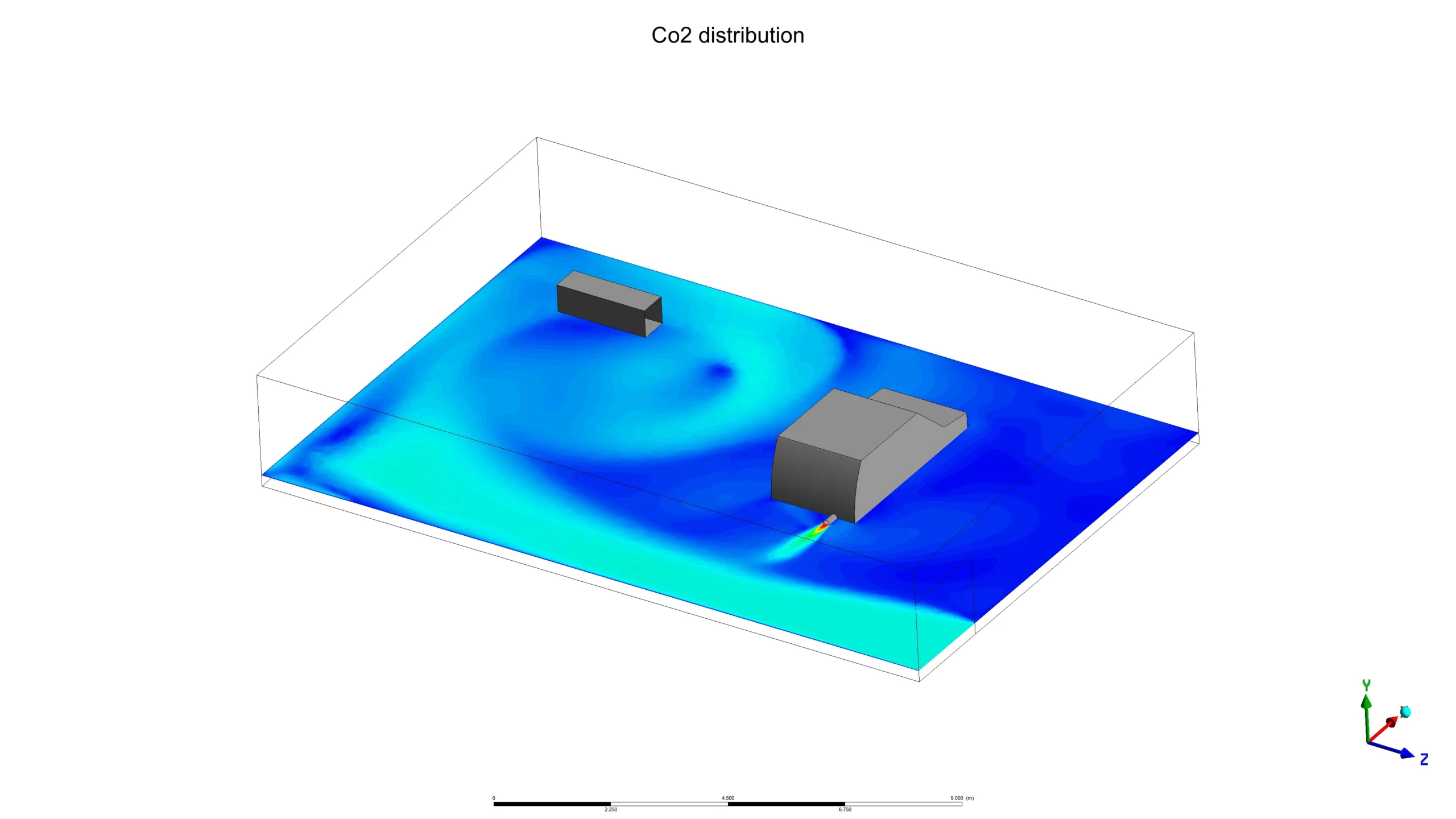
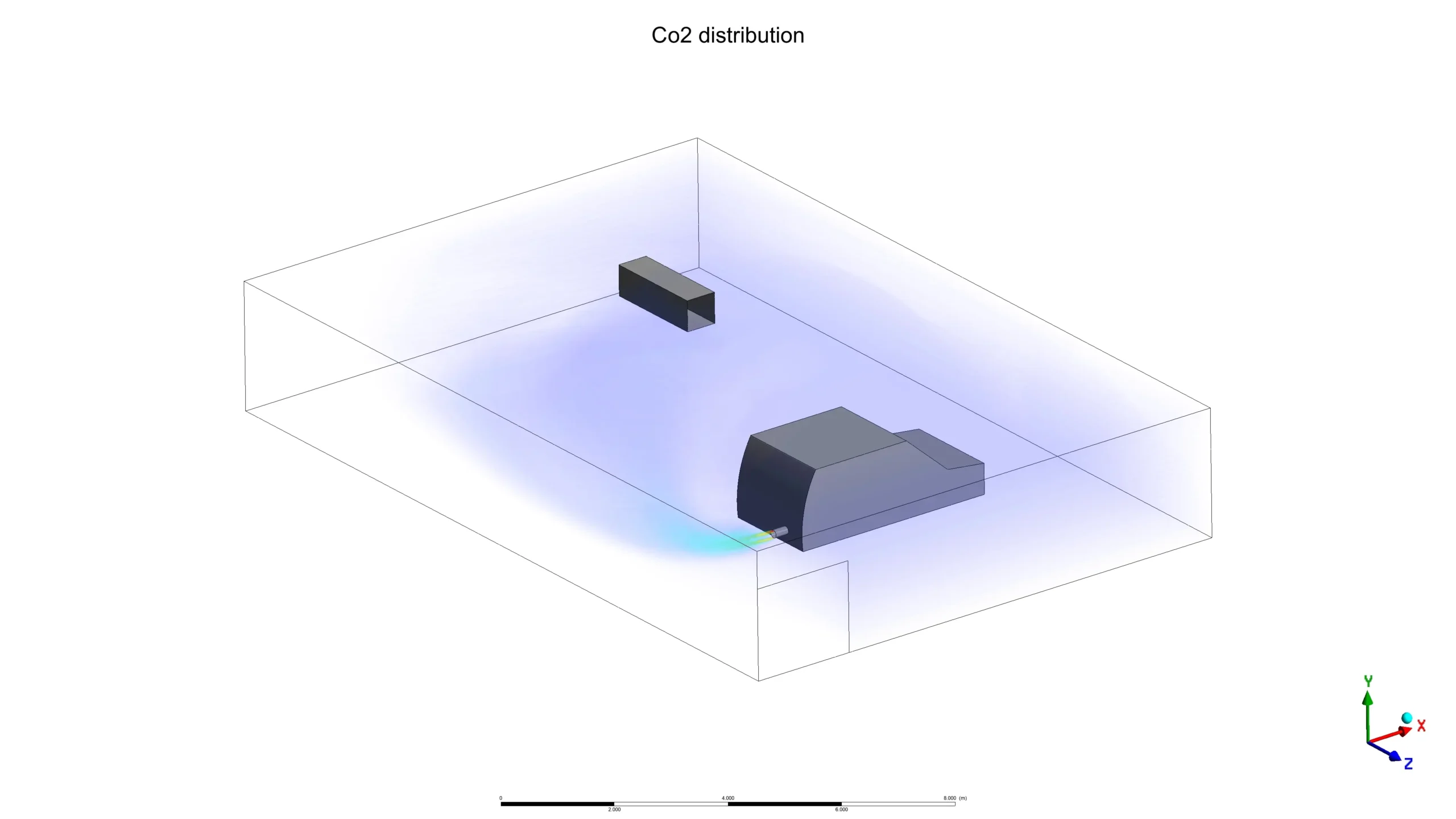
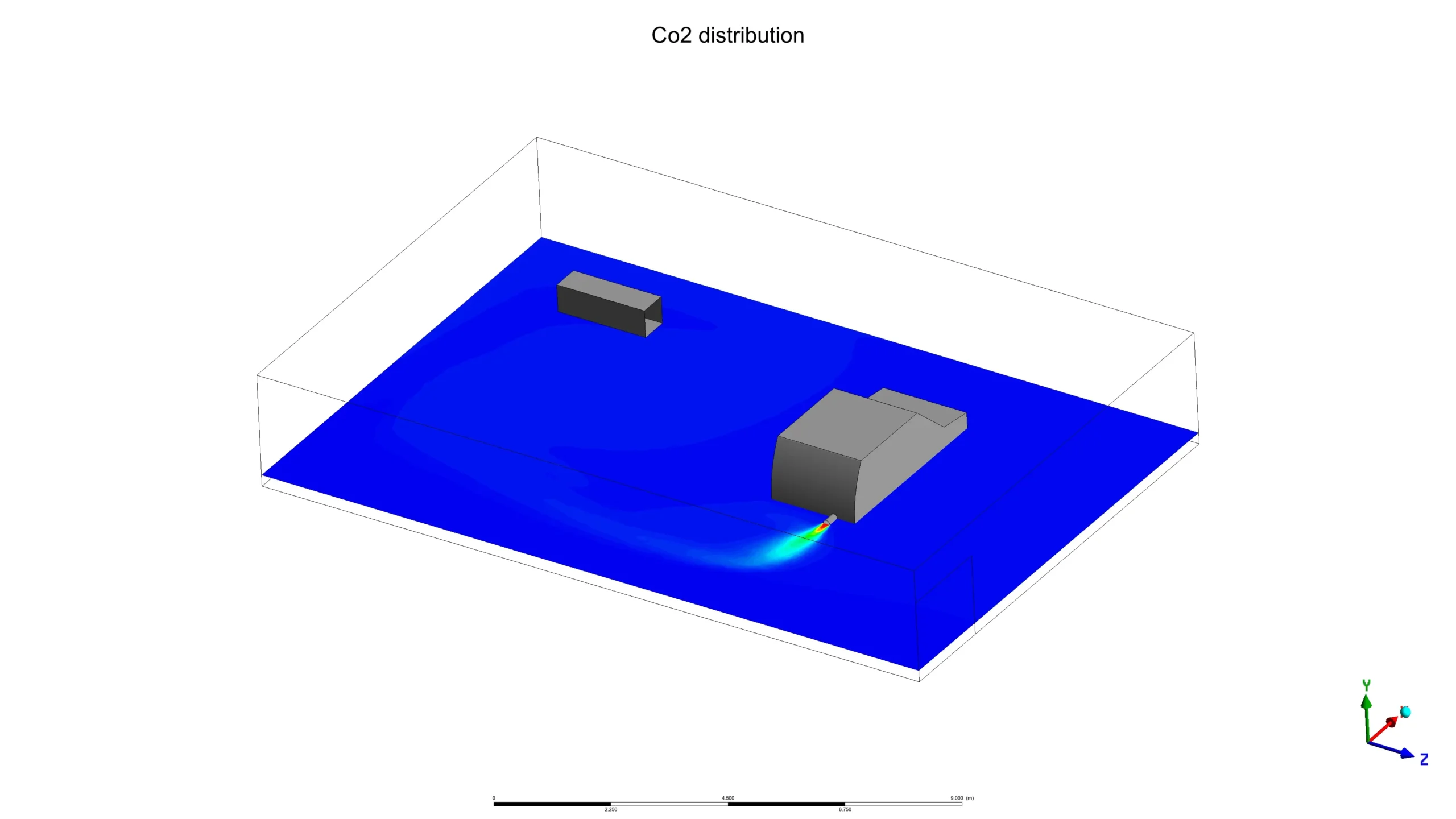


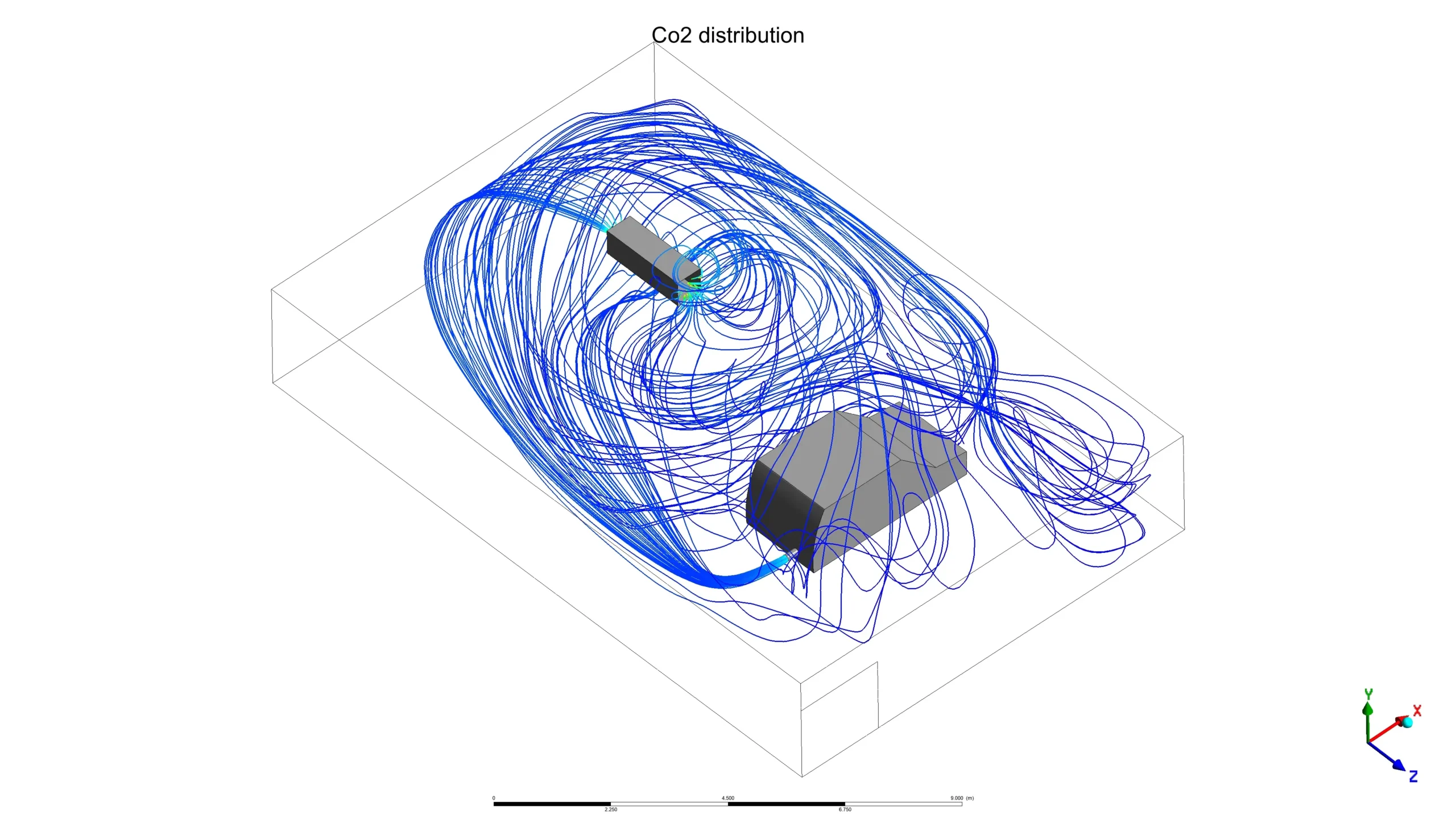






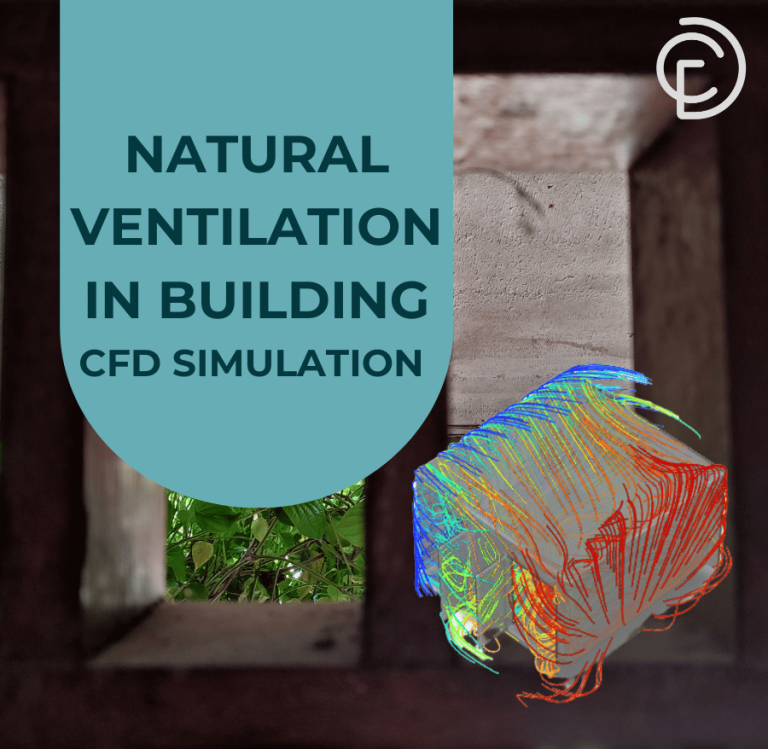
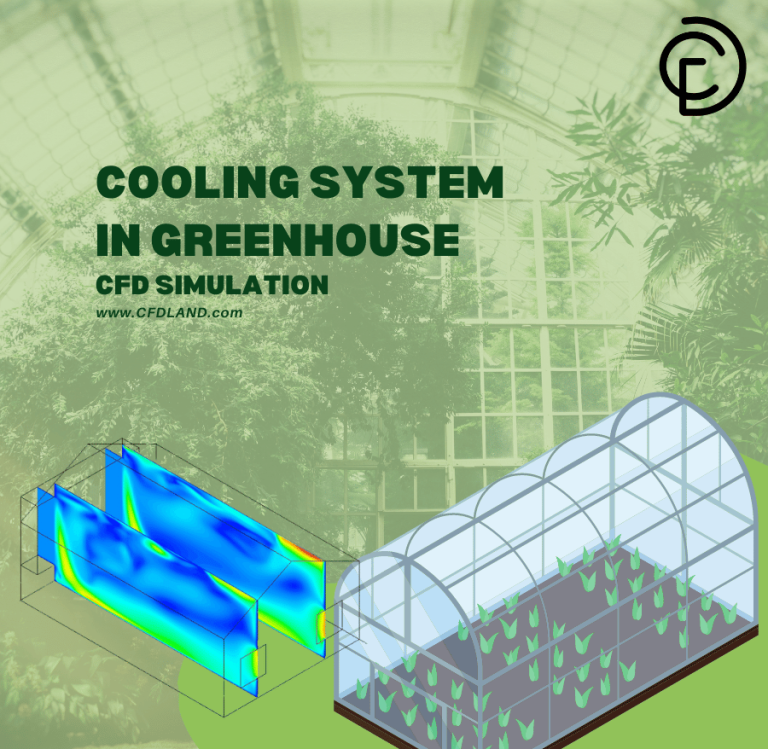
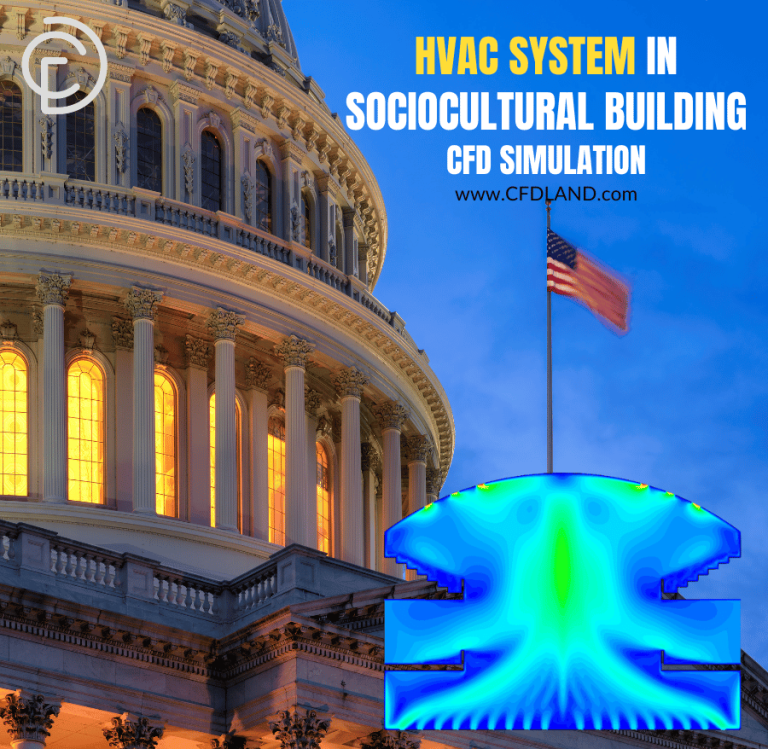
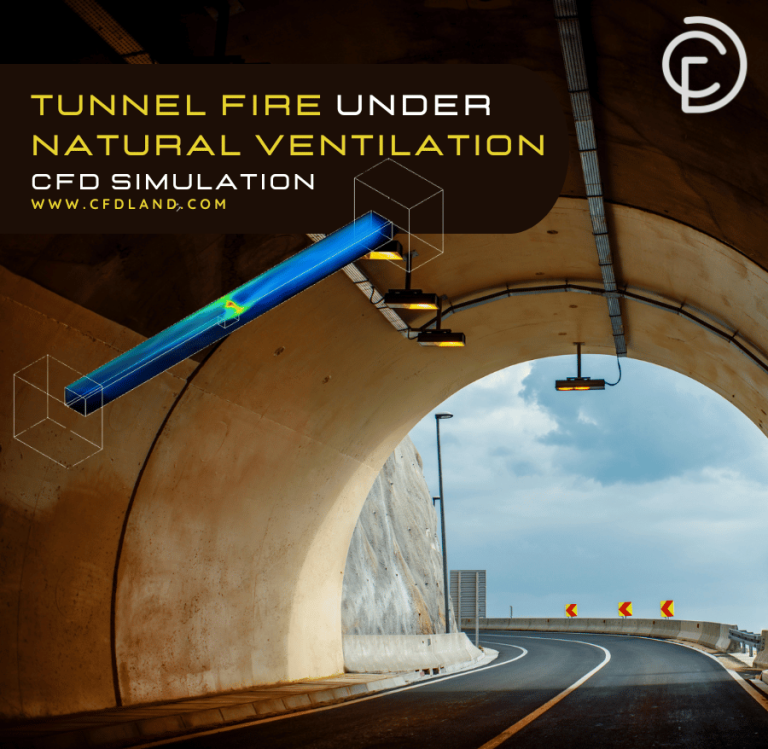

Reviews
There are no reviews yet.